Whether you’re using your legs to run a marathon or to get the mail, having strong legs is important.
The leg press, a type of resistance training exercise, is an excellent way to strengthen your legs. It’s done by pushing your legs against weights on a leg press machine.
Like all strength training exercises, leg presses build muscle, reduce the risk of injury, and counteract age-related muscle loss. This is essential for daily activities like getting out of bed and shopping for groceries.
However, you don’t need an expensive machine or gym membership to work out your legs. With these five machine-free exercises, you can strengthen your legs in the comfort of your own home.
Leg presses are done in a seated position. Your legs repeatedly press against weights, which can be adjusted according to your fitness level. This targets your quads, glutes, hamstrings, hips, and calves.
The seated position of leg presses helps keep your upper body and torso still. It also requires less balance to lift the weights, according to a 2016 study.
There are several alternatives to using a leg press machine. Many of those are based on these five exercises:
A resistance band can replace the weight of a leg press machine. Leg presses with resistance bands work the same muscles as leg presses on a machine. Resistance bands are portable and compact, so they’re easy to use in a variety of settings.
Equipment needed: Resistance band and mat or chair
Muscles worked: Quads, hamstrings, glutes, calves
Resistance band leg press, laying down
This version makes you work against gravity, just like leg presses on a machine.
- Lie on a mat face up. Lift your feet off of the mat. Bend your knees, creating a 90-degree angle. Flex your feet, pointing your toes toward the ceiling.
- Wrap the band around your feet and hold the ends. Keep your feet side by side.
- Press your feet against the bands until your legs are straight.
- Bend your knees to return to a 90-degree angle.
- Start with one set of 8 to 12 reps.
If your back needs a break, you can do leg presses in a chair.
- Sit upright on a chair. Squeeze your core and keep your back flat.
- Wrap the band around both of your feet and hold the ends just above your thighs.
- Press your feet against the band until your legs are straight.
- Bend your knees to return to starting position.
- Start with one set of 8 to 12 reps.
Advanced resistance band leg press
To increase resistance, use a shorter or thicker band.
Squats mimic the movement of leg presses. They’re done in a vertical position, so your lower back absorbs less pressure. If you have back pain or injuries, squats may be an ideal leg press alternative.
Equipment needed: None
Muscles worked: Quads, glutes, hamstrings
- Stand with your feet hip-width apart. Plant your heels into the floor and face your toes forward.
- For balance, extend your arms straight ahead or clasp your hands together.
- Send your hips back. Bend your knees and lower your buttocks. Keep your back straight and your chest lifted.
- Lower yourself until your thighs are parallel to the floor. Keep your knees over your ankles.
- Push through your heels and stand up.
- Start with one set of 8 to 12 reps.
Advanced squats
As you get stronger, try holding a dumbbell or kettlebell while doing squats.
Sumo squats
You can make it harder by doing sumo squats. The wider stance of this variation targets your inner thigh muscles.
- Stand with your feet slightly wider than hip-width apart.
- Face your toes at an angle, away from your body. Plant your heels into the floor.
- Clasp your hands together or hold a weight.
- Push your hips back, bend your knees, and lower your buttocks. Engage your abs to keep your back straight and chest upright.
- Lower yourself until your thighs are parallel to the floor. Keep your knees over your ankles.
- Press into your heels to stand up.
- Start with one set of 8 to 12 reps.
Split squats
To challenge one leg at a time, do split squats. This version focuses on your quads and glutes.
- Step one foot forward and one foot back. Shift most of your weight to the front leg. Raise the heel of your back foot.
- Face your toes forward. Clasp your hands together.
- Bend your knees and lower your hips, keeping them in line with your shoulders.
- Lower yourself until your back knee is just above the floor.
- Squeeze your glutes and return to starting position.
- Start with one set of 8 to 12 reps. Repeat with the other leg.
Lunges, like squats, engage your leg muscles without adding pressure on your back. The act of stepping forward works your quads and glutes.
The lunge is different from the split squat. A lunge engages both legs at the same time, while a split squat uses one at a time.
Equipment needed: None
Muscles worked: Quads, glutes, hamstrings
- Stand with your feet hip-width apart.
- Step one foot forward and drop your hips, bending your knees into 90-degree angles.
- Lower yourself until your front thigh is parallel to the floor. Keep your front knee over your ankle.
- Push into your front leg to return to starting position.
- Start with one set of 8 to 12 reps. Repeat with the other leg.
Advanced lunges
To increase the difficulty, do lunges with dumbbells. Hold one in each hand and hang your arms at your sides. You can also hold them in front of your shoulders.
Broad jumps, or leap frog jumps, build leg strength through explosive movements. This move combines a squat and full extension of your lower body, making it a great leg press alternative.
If you have joint pain, do broad jumps with care. The high-impact force may hurt your joints.
Equipment needed: None
Muscles worked: Quads, hamstrings, glutes, calves
- Stand with your feet shoulder-width apart.
- Drop into a squat by bending your knees and pushing your hips back. Swing your arms behind you.
- Swing your arms forward and push your feet into the ground. Explode forward.
- Land on your feet. Flex your hips, knees, and ankles to absorb the force.
- Start with one set of 8 to 12 reps.
The bridge stabilizes and strengthens your core. It also works your butt and thighs, offering similar benefits to leg presses on a machine.
Equipment needed: Mat
Muscles worked: Quads, glutes, hamstrings, hips
- Lie on your back. Bend your knees and plant your feet on the floor, just under your knees. You can also place your feet on an exercise ball or bench.
- Place your hands at your sides, palms down.
- Tighten your core and buttocks.
- Raise your hips, creating a straight line from your knees to the shoulders. Pause, then lower your hips.
- Start with one set of 8 to 12 reps.
Advanced bridge
If a basic bridge is too easy, hold a resistance band or barbell over your hips.
These leg workouts will strengthen your lower body without a machine. They engage multiple muscles at the same time, preparing your body to do everyday activities and other workouts.
While leg press alternatives don’t use a machine, safety is still key. If you’re new to strength training, talk to your doctor first. Start with light weights and low reps.
Always warm up before exercising. This will prevent injury and deliver oxygen to your muscles. To achieve total-body strength, work a different muscle group each day.

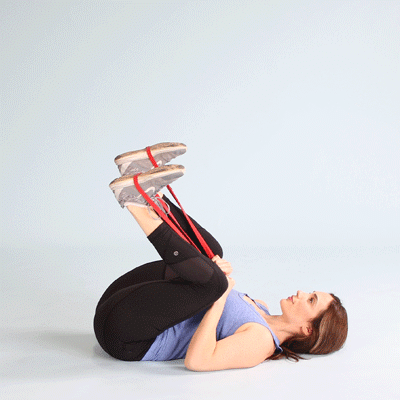
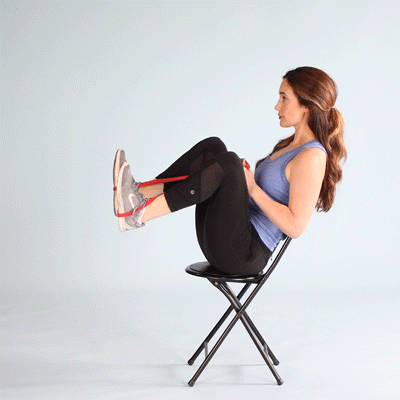
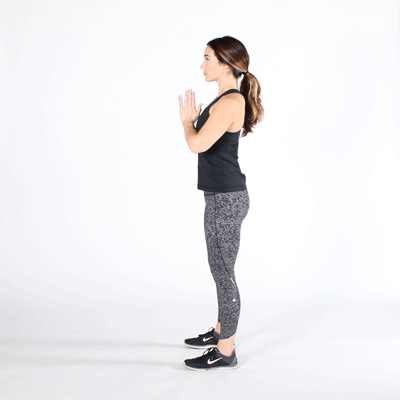
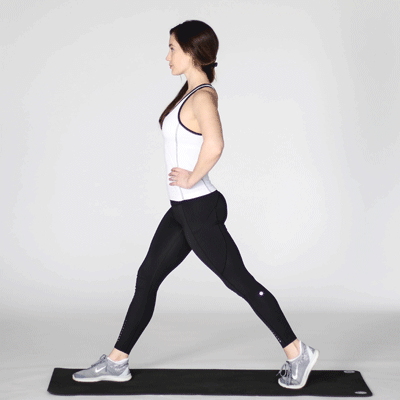
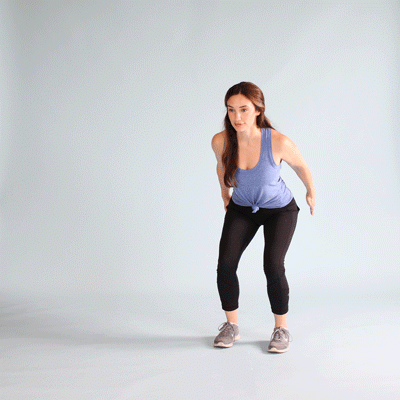

Your point of view caught my eye and was very interesting. Thanks. I have a question for you.